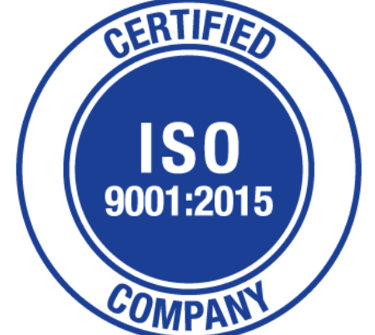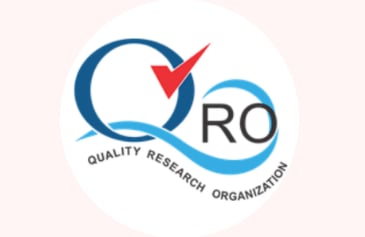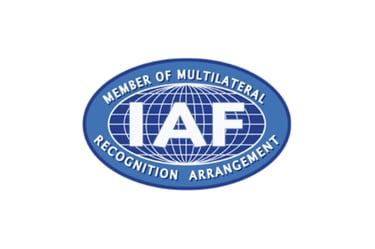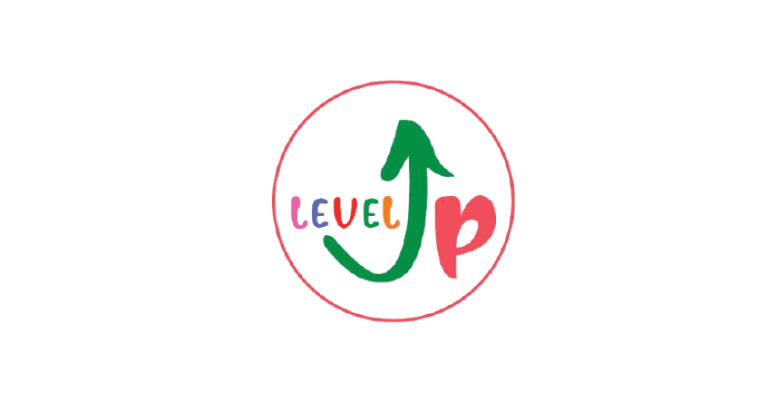Pre-Service Teacher Education vs In-Service Training Explained
Understand the real differences between pre-service teacher education and in-service training. A clear, relatable guide for aspiring and working teachers.
PRESCHOOL TEACHER
LevelUp Online Education
11/19/20254 min read


Teaching is one of the few professions where learning does not stop. Every teacher begins as a learner and continues becoming a better version of themselves with every class, every child and every challenge. This lifelong journey is supported by two important systems. They are pre-service teacher education and in-service training. At first glance, both may seem similar. But in reality, they answer very different questions and solve very different problems.
To understand the real difference, imagine the journey of a teacher. There is a stage before entering the classroom and a stage after facing real students. Each stage brings its own struggles, doubts and needs. This blog explains both stages clearly so readers can relate to their own experiences or aspirations and understand how each system supports them in practical, real-life situations.
What Exactly Is Pre-Service Teacher Education
Pre-service teacher education is the structured training that prepares someone to become a teacher. It focuses on creating the foundation. It teaches how children think, why they behave in certain ways and how learning actually happens.
Many people enter teaching with enthusiasm but without the correct preparation. They may love children but feel stuck when they face questions like:
How do I handle a child who refuses to participate
How can I plan lessons that keep all learners engaged
How do I support a child who is emotionally sensitive
Pre-service training answers these questions even before a teacher enters the classroom. It builds confidence by giving clarity.
What Is In-Service Training
In-service training is the professional development teachers receive while they are already working. It focuses on real situations teachers face daily. Even a well trained teacher will face challenges that theory cannot fully prepare them for. That is where in-service training steps in.
Working teachers often say:
I know the theory but applying it with 30 children is hard
I feel outdated because new techniques keep coming
I want to improve my class management but I do not know how
In-service training provides solutions specifically for working teachers. It fills gaps created by experience.
Deep, Real-Life Differences Teachers Actually Experience
Below are the main differences explained in a way teachers and learners can relate. Each difference is shown as a real problem and how either pre-service or in-service solves it.
1. When the Learning Happens
Real-life challenge
An aspiring teacher wonders how to teach, how to communicate with children and how to plan a lesson. They feel nervous before entering any classroom.
How pre-service solves it
Pre-service teacher education trains them before they touch a real classroom. They learn the basics, the theories, the child psychology and the teaching strategies step by step. They get time to practice without pressure.
How in-service solves it
Once a teacher is already working, problems change. Now the questions become about handling workload, parent expectations and different learning levels. In-service training offers short and targeted sessions to help solve these new problems quickly.
2. The Purpose of Training
Real-life challenge
A future teacher does not know how to design activities or manage behaviour.
Pre-service purpose
It builds a foundation. It answers why learning happens in certain ways. It prepares teachers to enter the classroom with clarity instead of fear.
Real-life challenge
A working teacher may struggle with children who lose focus easily or refuse to follow instructions.
In-service purpose
It improves performance. It provides strategies that can be applied the next day.
3. Level of Experience of the Learner
Real-life challenge
A beginner teacher worries about whether they are doing things right.
Pre-service role
Pre-service programs expect beginners. They guide them slowly and patiently. They offer practice sessions where mistakes are allowed.
Real-life challenge
A teacher with two years of experience wants to improve their teaching but does not have the time to join a full course.
In-service role
In-service programs are designed for busy teachers. They give quick, relevant solutions based on common classroom problems.
4. Type of Learning Provided
Real-life challenge
A future teacher asks why children fight, why they cry suddenly or why they get distracted.
Pre-service learning
It teaches theories like child development, behaviour patterns and learning principles. This gives teachers a strong understanding of what drives a child’s actions.
Real-life challenge
A working teacher needs help with one specific issue like how to manage group work or how to integrate technology.
In-service learning
It focuses on immediate strategies and tools. It is practical and directly applicable.
5. Duration and Structure
Real-life challenge
A person wants a career in teaching and needs proper qualification.
Pre-service structure
Programs run for months or years. They follow a syllabus that slowly builds competence.
Real-life challenge
A teacher needs solutions quickly because the class is already running.
In-service structure
Sessions are short, flexible and often problem based. They respect the teacher’s schedule.
6. Assessment and Result
Real-life challenge
A future teacher needs certification to get a job.
Pre-service assessment
It includes exams, projects and teaching practice. The result is a certificate that qualifies them.
Real-life challenge
A teacher wants to improve but not go through exams again.
In-service assessment
It usually focuses on self reflection. Growth is seen directly in the classroom and not through marks.
Why Both Systems Must Work Together
A strong teacher is not created in one phase. Both are necessary.
Pre-service creates a teacher who understands the classroom.
In-service creates a teacher who grows with the classroom.
Pre-service gives the starting knowledge.
In-service gives continuous support.
Many teachers say that what they learned in pre-service gave them confidence and what they learned in in-service helped them survive real challenges. That is why pre-service teacher education should always be followed by continuous in-service learning.
Together they form a cycle that keeps teachers updated, confident and capable of providing meaningful learning experiences to children.
Final Thoughts
Both systems solve different challenges but are connected deeply. Pre-service teacher education prepares teachers with knowledge, values and basic skills before they step into the classroom. In-service training strengthens experienced teachers by helping them handle real classroom situations. When teachers understand the purpose of both, they feel supported at every stage of their professional journey.
Northern Hills Supremus, A-306, opp. Northern Heights, Dahisar East, Mumbai, Maharashtra 400068
LevelUp
admissions@leveluponline.in
© 2025. All rights reserved


levelup_online_education




LevelUp Online Education









